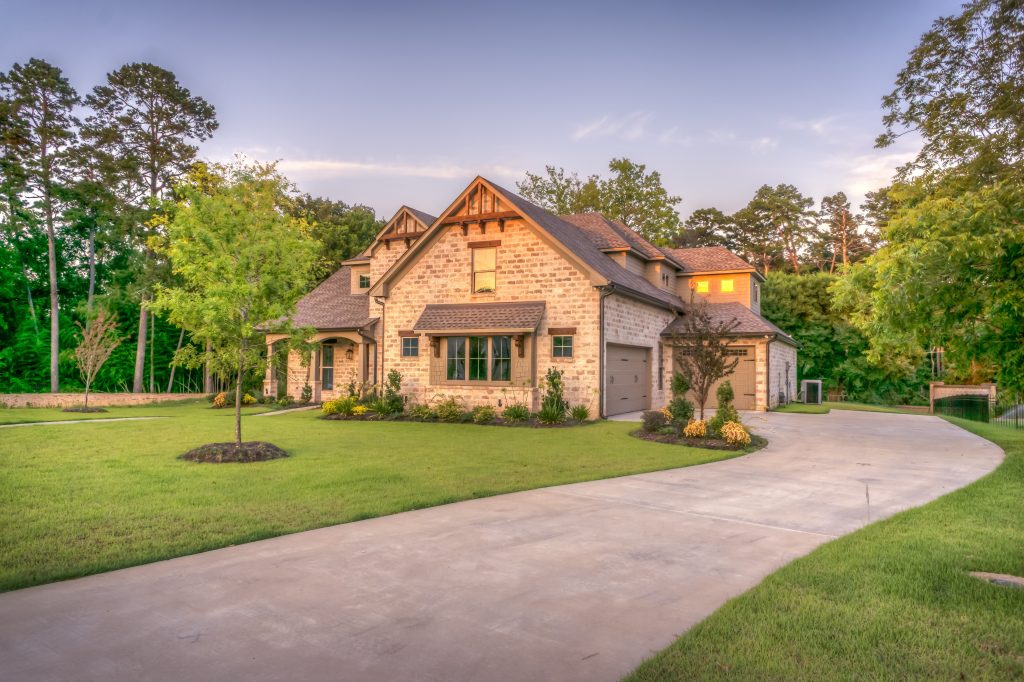Improving one’s financial standing is an important part of modern life, and there are numerous ways to accomplish this goal. If you have the funds to get started, investing in real estate can make you a ton of money, but only if you’re smart about it. Here’s what you need to know about turning a profit by investing in property.

Investing in Rental Properties
Rental property investment – Becoming a landlord to many tenants or renting a single house are great ways to take advantage of property investments. Doing so requires a few important things to be taken care of, however. For example, an apartment complex will require the services of a multifamily utility company in order to provide separate billing for each of the units individually. A house can be divided up into several apartments, but this entails its own challenges. The electrical wiring of a house may not provide enough power to one apartment or too much to another. You may need to overhaul the wiring to support entire families in what would otherwise be a fraction of a larger house.
Being a landlord will also require you to take responsibility over making each unit livable in between tenants. You’ll also worry about providing basic maintenance for your tenants during their stay. Hiring a dedicated maintenance worker can be incredibly helpful in this regard. Rental agreements typically include a security deposit, a return fee to the tenant upon the termination of the lease agreement, but only if that money isn’t necessary to pay for maintenance costs. In essence, tenants will be on the hook for repairs that are necessary during their rental period.
Upcycling Houses
Upcycling houses, otherwise known as “flipping” houses, is the practice of buying homes in order to turn a profit by improving the houses before selling them at a much higher price.
Read: Pros and Cons of Buying a Commercial Property
This is potentially a very sound investment. Yet, it will require a lot of work and a number of different skills. First and foremost, you’ll have to find “fixer-uppers,” homes that are practically unlivable without a lot of work on the part of the buyer. Once you’ve secured sub optimal property, you can begin the process of making improvements.
In many cases, these improvements will entail gutting the inner workings of the home in order to update them. This, in and of itself, may also involve replacing walls and floors, as well as insulation. Repairing water damage is also an essential part of the job, because water damage is incredibly detrimental to the structural integrity of a home, and repairing it means replacing affected lumber entirely. Even slightly damaged wood will warp, and rotting wood is a major liability. Replacing antiquated features is also an important part of increasing the value of a home. Outdated windows lower the energy efficiency of a house, as well as the efficacy of heating and cooling.
Making cosmetic enhancements to a house and the surrounding property are your chance to make the house not only more valuable, but also more appealing to potential buyers. Applying a fresh coat of paint to every surface is a must. Yet, there are a number of changes you can make to make the house more eye catching. Replacing railing, doorknobs, and other metalwork is often a fairly simple way to beautify a home, for example. You can install luxurious features such as a skylight to appeal to the desire for comforts such as natural light. You can also accomplish the same feat with the installation of larger windows.
Investing in property can be rewarding if you’re willing to put in the work and, more importantly, your own money. Property investment is a great way to grow your wealth. It’s also more secure because it’s not a gamble like investing in the stock market. By putting in the work, you can all but guarantee a return on your investment, and these tips can help you.
